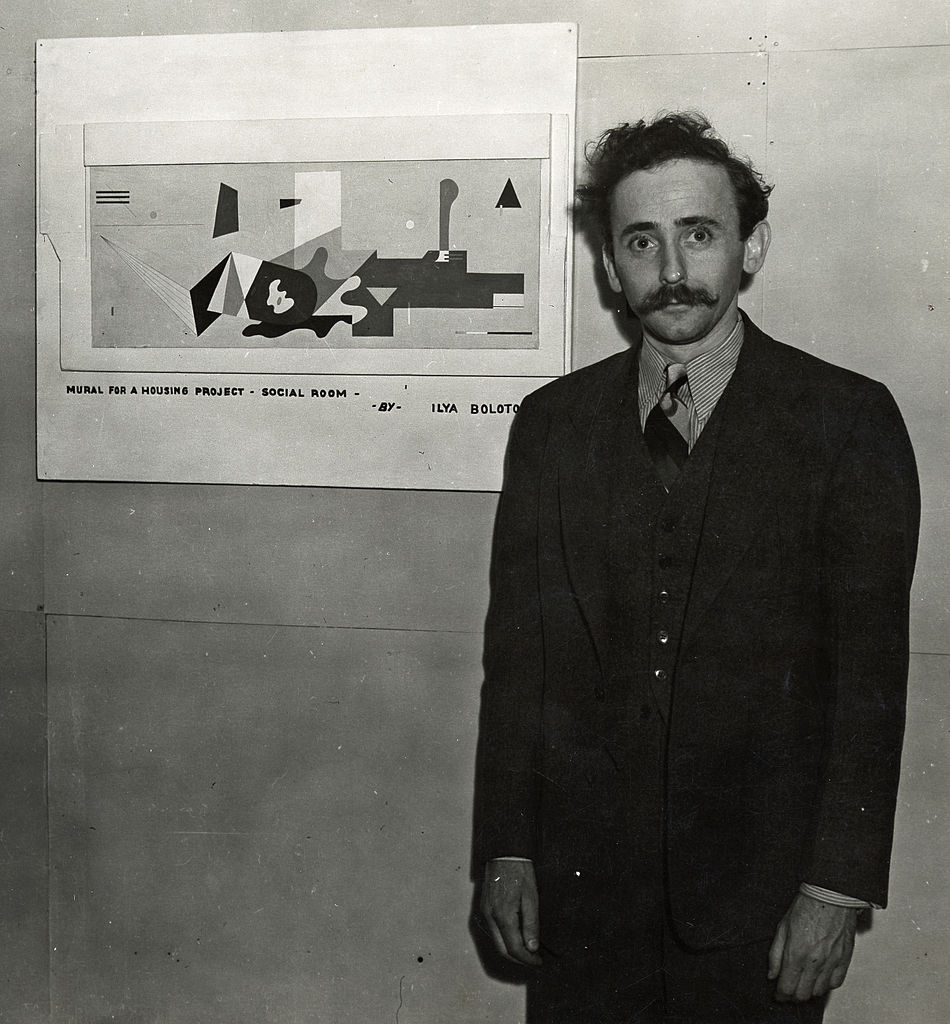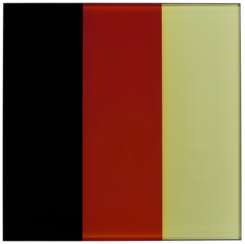
Abstract art — Contemporary Edition

Ellen Frankenthaler was an American painter renowned for her pivotal role in the development of the Color Field movement. Born in 1928, her innovative approach to painting involved soaking her canvas in paint, a technique that led to her being celebrated for her ability to merge color and form in a way that was both expressive and deeply personal. This method, often referred to as "soak-stain," allowed her to achieve a luminosity and depth in her works that was previously unseen, setting her apart from her contemporaries and making her a key figure in post-war American art.
Frankenthaler's influence extends beyond her unique technique; her work is a testament to the power of abstraction and its ability to evoke emotion without relying on representational forms. Her paintings, characterized by their bold use of color and fluid shapes, invite viewers to interpret them in their own way, making her art accessible to a broad audience. Her significant contributions to the art world are recognized in the collections of major museums and galleries worldwide, including the Museum of Modern Art and the National Gallery of Art.
For collectors and experts in art and antiques, Ellen Frankenthaler remains a symbol of innovation and creativity. Her works not only enrich private collections but also continue to inspire new generations of artists. For those interested in exploring the depth of Frankenthaler's impact on culture, art, and painting, subscribing for updates on new product sales and auction events related to her work is an invaluable opportunity. This subscription ensures that enthusiasts are always informed about the latest opportunities to engage with Frankenthaler's enduring legacy.

Ilia Bolotovskii (russian: Илья Юльевич Болотовский) was a Russian-born American abstractionist painter.
After spending his youth in Baku, he moved to the United States in 1923, later becoming an American citizen. Bolotovskii received his artistic education at the National Academy of Drawing in New York and while traveling in Europe. Influenced by the work of P. Mondrian began to create objectless paintings and later remained an adherent of abstractionism, was a member of the abstract-expressionist group "Ten".
In 1936 Bolotovskii created one of the first abstract monumental murals in the United States in the Williamsburg housing project in New York. That same year he co-founded the American Abstract Artists organization. In the 1960s, Bolotovskii worked in the spirit of geometric abstractionism and neo-plasticism and created canvases with images in three dimensions.

Richard Diebenkorn was an American artist. He was known for his abstract expressionist and later, figurative paintings that explored color, form, and space.
Diebenkorn studied at the University of California, Berkeley, and later at the California School of Fine Arts in San Francisco. In the 1950s and early 1960s, he was associated with the Bay Area Figurative Movement, which emphasized figurative painting in opposition to the prevailing trend of abstract expressionism.
In the mid-1960s, Diebenkorn moved to Southern California, where he began to develop his signature style of abstract paintings that featured large, geometric shapes in muted colors. His Ocean Park series, which he began in the late 1960s, is perhaps his most famous body of work, and is characterized by its luminous, layered surfaces and complex compositions.
Diebenkorn's work has been exhibited in major museums and galleries around the world, and he is widely regarded as one of the most important American painters of the 20th century. His influence can be seen in the work of many contemporary artists working in the fields of abstract painting and color field painting.

Sir Gordon Howard Eliott Hodgkin CH CBE was a British painter and printmaker, one of the most prominent colorists of his generation. His abstract paintings, often of a small format, are based on real events (as a rule, these are impressions from meetings with people).









































